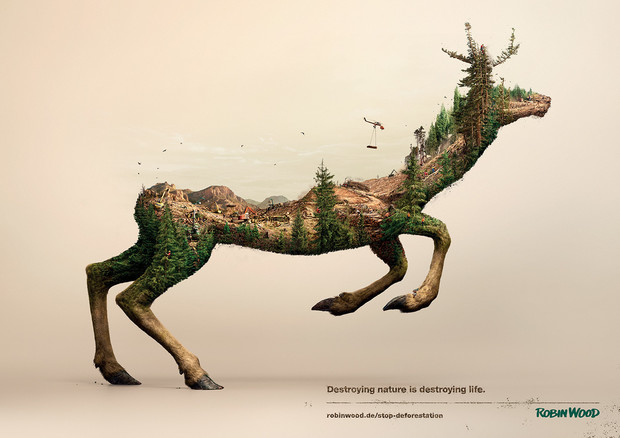
“Destroying nature is destroying life.” These posters, Created by designer Surachai Puthikulangkura and ad agency Grabarz & Partner for the German environmental group Robin Wood speak for themselves. The commissioned digital works have been part of a powerful campaign calling attention to the effects of deforestation, wildfires, and oil drilling in the Arctic.
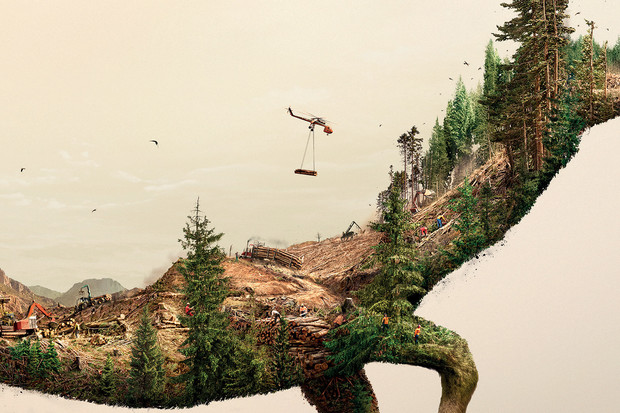
Robin Wood was formed in 1982 by former Greenpeace Germany members, desiring an organization centered on the German environmentalism agenda. The group vowed that it would not stand for the silent death of German forests, inspired by the legendary Robin Hood, and so, Robin Wood was born.
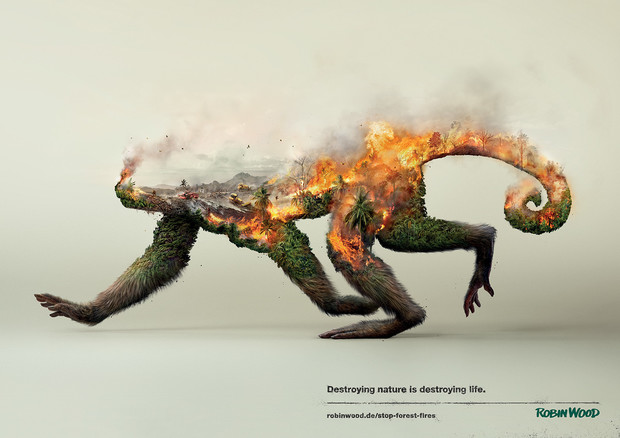
Rapid industrialization threatens wilderness, wildlife, and the environment worldwide. It’s easy enough to distance oneself from the issue when its effects don’t feel like they’re close to home, but these images reel us back in: the striking images remind us that the degradation of natural environments inevitably leads to the destruction of plant and animal habitats, and as a result, loss of the species that live there, many of which–the polar bear, the elk, the monkey–are symbols, emblems that represent those very habitats.

Bush fires, unleashed in tropical climes like Indonesia to clear land for monoculture crops–palm oil in particular–destroy the incredible biodiversity of these jungle habitats, often never to grow back even were they left alone. Clearing virgin jungle for new plots has been way cheaper for farmers in the developing world than improving their existing land, but many big companies are trying to improve their act, and the Paris climate conference no doubt set the template for nations like Indonesia to better tackle their contributions–like deforestation–to climate change.
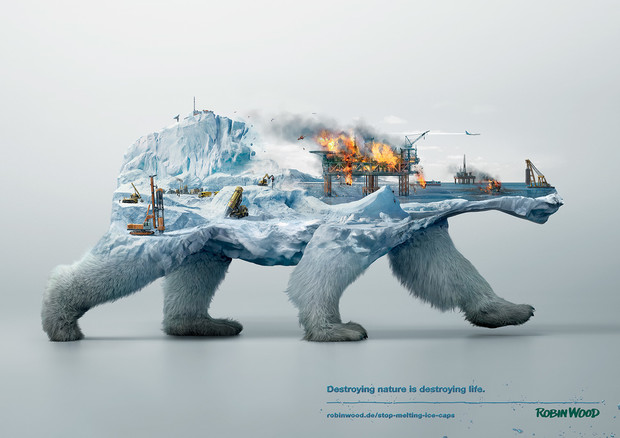
Thankfully, at least, the idea of drilling for oil in the Arctic–one of the last major untapped areas of fossil fuel deposits on the planet, whose access has been made easier thanks to receding ice brought on by climate change–has become less and less attractive of late. The high cost of exploring for oil there, the low market price for that oil, and the increasingly stringent environmental and climate change legislations being brought on have convinced major oil companies to back off the idea of drilling in the Arctic, abandoning hundreds of thousands of acres of drillable area they bought from the U.S. in 2008.
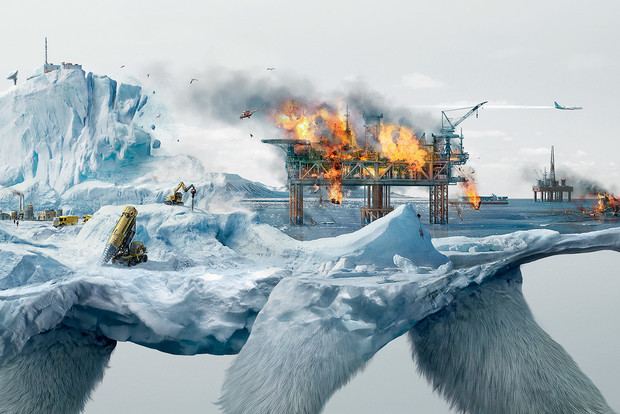
It'll be years before they'll have another chance to do so, but that might not even come altogether, and Big Oil's own shareholders are applying increasing pressure for companies like Exxon Mobil to take climate change–and the more stringent-than-expected policies that emerged following last fall's Paris climate conference–more seriously as a business risk, namely by steering away from big investments in oil fields like the Arctic.
These creative, beautiful, and harrowing renderings connect us clearly to what's at stake–and to who bears the brunt of the impact–in global habitat destruction.


